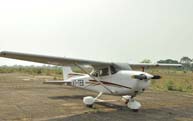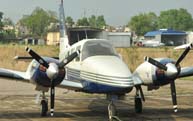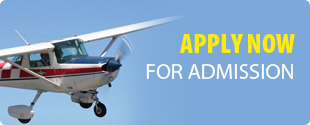Fleet

The Cessna 152 is an American built two seat, high wing single engine aircraft with fixed tricycle undercarriage. It is powered by a 110HP 4 cylinder Lycoming engine. The Cessna 152 is without a doubt one of the most popular training aircraft of all time. As the successor to the Cessna 150 of which over 23,000 were made, it brought more power, a revised fuel and electrical system and an increase in gross weight. Students love learning to fly in a Cessna 152, and at Alchemist Aviation, we use the Cessna 152 as the starting point for all our new full time students. It is slower than the other aircraft in the fleet, so students have more time to prepare for manoeuvres. Its high-wing design also gives it exceptional stability in the air.

One of the most popular touring aircraft of all time, the Cessna 172 has gained a place in the history books. It is an American built four seat, high wing single engine aircraft with fixed tricycle undercarrage. It is powered by a 160HP 4 cylinder Lycoming engine. The 172 is the most popular and successful aircraft ever built. As at 2008 more than 43,000 units have been produced. Like the 152, the 172 is also popular for flight training and with a faster cruise speed and two more seats are great for cross country flights.

In 1981, the PA-34-220T Seneca III was introduced, having
completed certification on 17 December 1980.
The change in model designation reflected an engine upgrade.
Continental TSIO-360-KB engines were used which produced 220
horsepower (165 kW), although only rated as such for five
minutes and then dropping to 200 hp (149 kW)).
The horsepower increase, with the new engines’ limit of 2800 rpm (up from 2575 rpm), combined for much improved climb and cruise performance. The new aircraft also incorporated a one-piece windshield and a bare metal instrument panel instead of one covered with a removable plastic fascia; some models have electrically-actuated flaps. More than 930 Seneca IIIs were built; the last 37 Seneca IIIs built had a 28-volt electrical system rather than the 14-volt system of previous aircraft.
The aircraft’s gross weight was increased to 4,750 lb (2,155 kg) for takeoff and 4,513 lb (2,047 kg) for landing. A typical Seneca III with air conditioning and deicing equipment has a useful load of 1,377 lb (625 kg).

